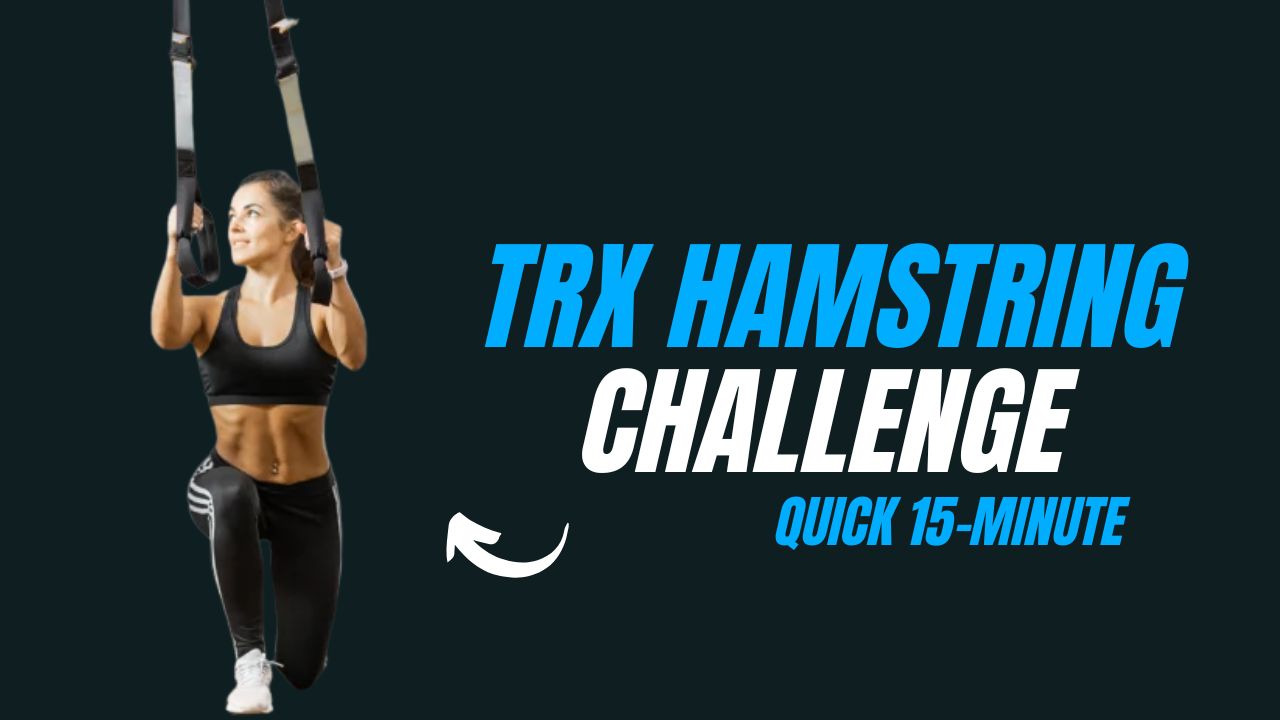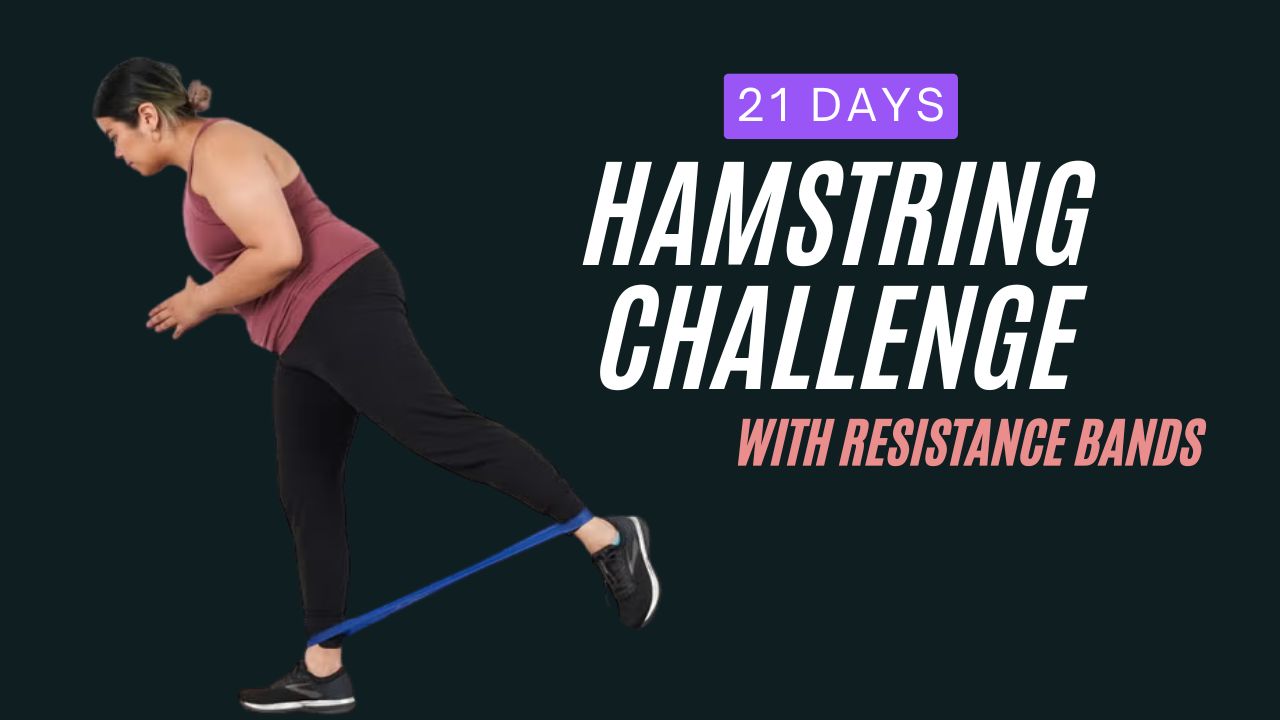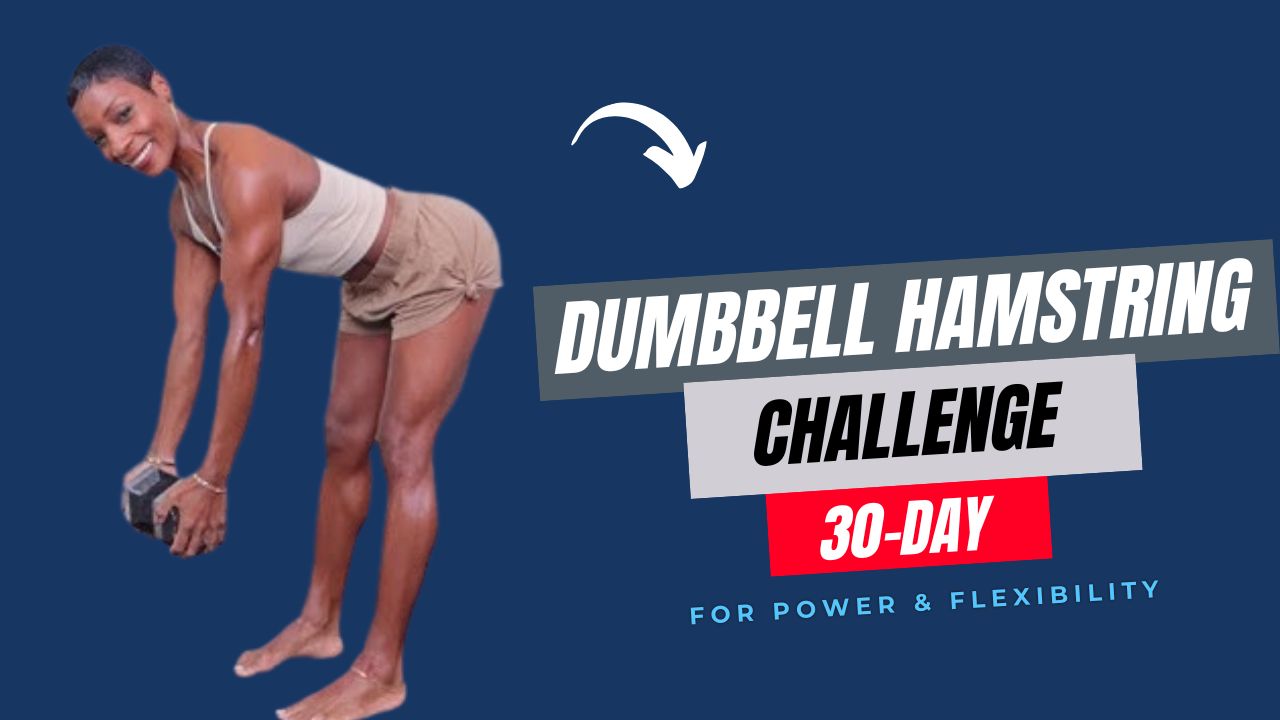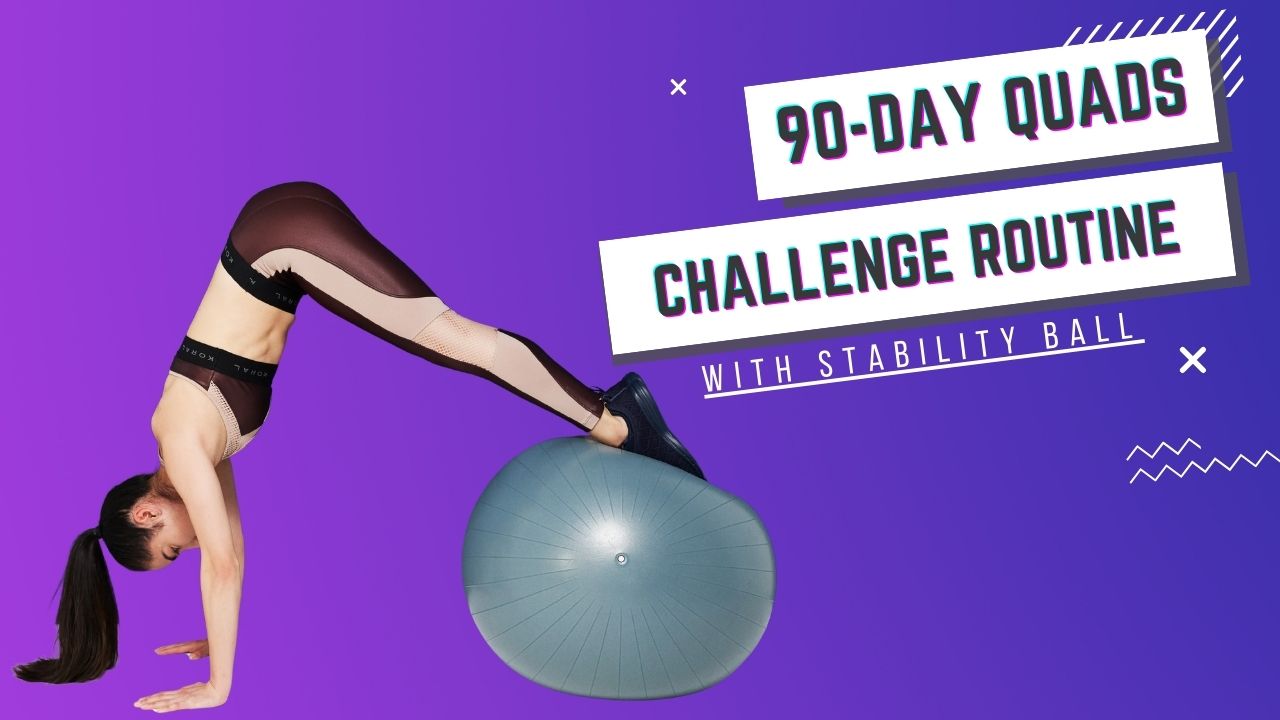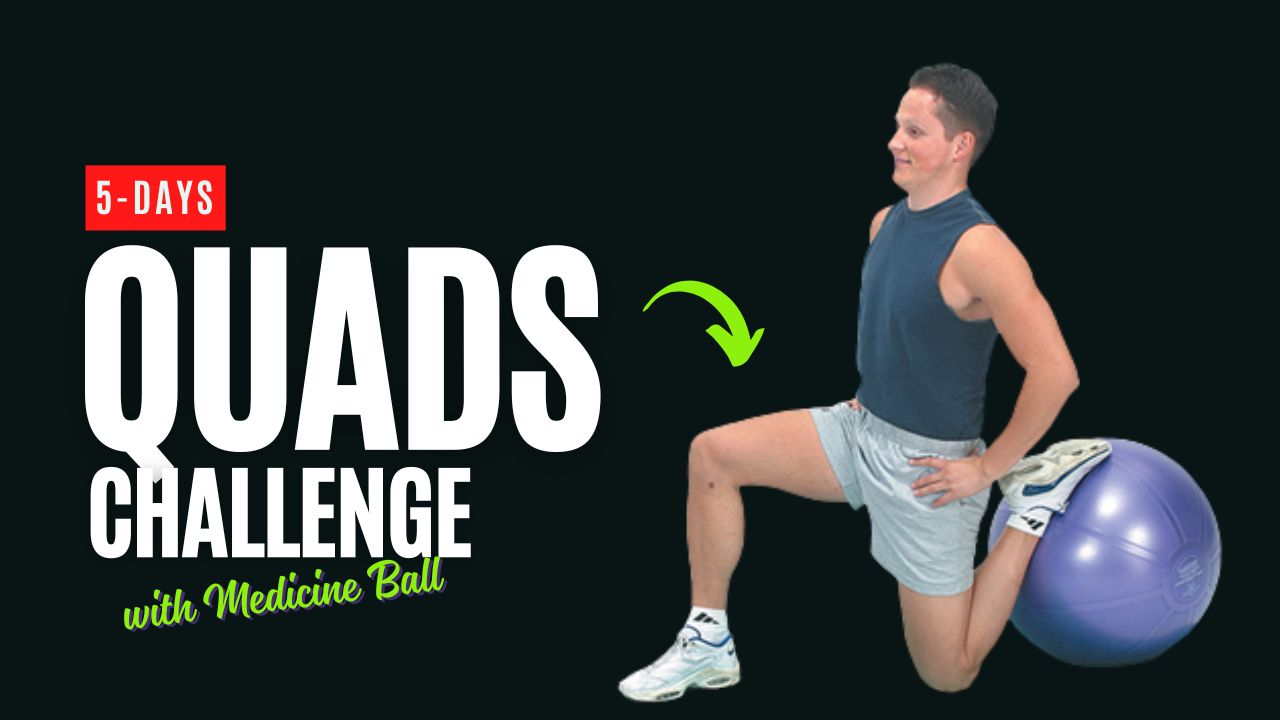Struggling with back workouts at home? Resistance bands can sculpt your back just like heavy gym equipment — but with a fraction of the cost and space!
Whether you want to build a V-taper, improve posture, or ease back pain, these 10 resistance band exercises will unlock your back’s strength and definition.
Did you know? Resistance band training can activate muscles up to 80% as effectively as free weights, but with less joint stress. Perfect for all fitness levels!
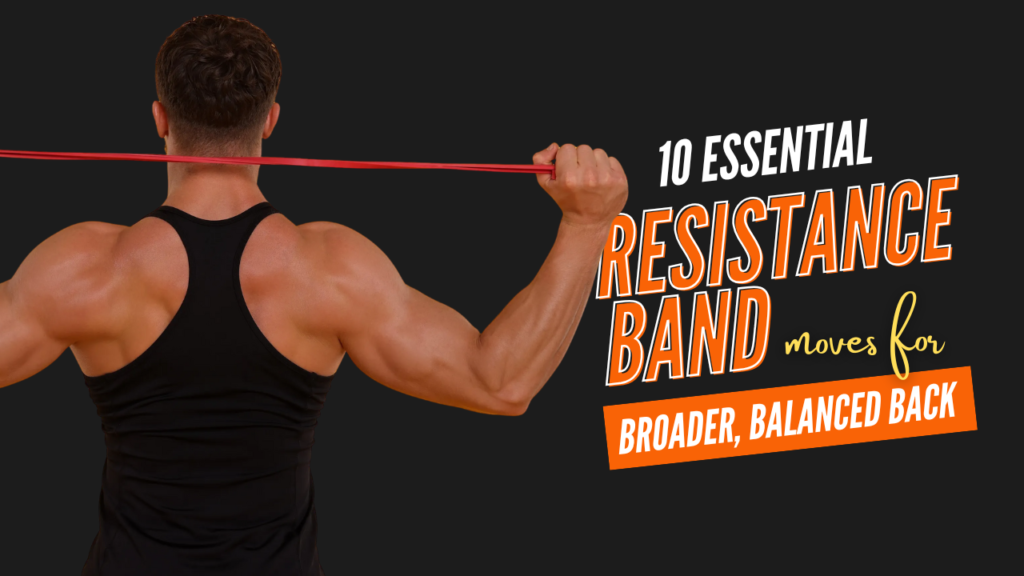
Table of Contents
What Can Happen After 30 Days of Resistance Band Back Exercises
| Possible Positive Changes | What to Watch Out For |
|---|---|
| Improved posture – you’ll stand taller | Mild muscle soreness, especially if you’re new |
| Stronger back muscles – daily activities feel easier | Risk of overtraining if you skip rest days |
| Better mind-muscle connection with your back | Possible form breakdown if you rush reps |
| Reduced back stiffness and discomfort | Using incorrect band tension can cause strain |
| Noticeable muscle tone in upper and mid-back | Neglecting warm-up or cool-down may increase injury risk |
| Enhanced shoulder stability and reduced slouching | Skipping proper breathing can limit progress |
| Increased confidence from visible progress | Using bands with tears may snap during exercise |
| Greater endurance and control in pulling motions | Poor anchor setup can lead to accidents |
Dos & Don’ts for Resistance Band Back Workouts
| Do | Don’t |
|---|---|
| Keep your core engaged during every rep | Arch or round your lower back |
| Move in a slow, controlled manner | Let the band snap back or use jerky motions |
| Maintain a neutral spine and proper posture | Shrug your shoulders during pulls |
| Focus on squeezing shoulder blades on contraction | Use a resistance level that’s too heavy too soon |
| Warm up before starting your workout | Skip warm-up or jump into intense sets |
| Check your band for tears or damage | Use damaged or fraying bands |
| Breathe steadily – exhale on pull, inhale on release | Hold your breath throughout the exercise |
| Progress by increasing reps, sets, or band resistance | Stick with the same band forever |
| Anchor your band securely to avoid accidents | Use unstable or unsafe anchor points |
| Listen to your body and stop if you feel pain | Push through sharp pain or discomfort |
10 Best Resistance Band Moves To Do
1. Resistance Band Bent Over Row
How to:
- Stand on the band with feet shoulder-width apart.
- Hold handles or ends with palms facing your thighs.
- Hinge forward at your hips with a straight back.
- Pull the band toward your hips, squeezing your shoulder blades.
- Lower slowly and repeat for 10-15 reps.
Why it’s great: Builds thickness in your mid-back, improving overall back mass and posture.
2. Seated Band Rows
How to:
- Sit on the floor with legs extended.
- Loop the band around your feet and grab both ends.
- Keep your chest lifted and pull the band toward your waist, elbows close to your body.
- Return with control; do 12-15 reps.
Myth Buster! Many think seated rows require machines. Bands work just as well to engage your rhomboids and lats!
3. Resistance Band Lat Pulldown
How to:
- Anchor the band overhead (door anchor or sturdy hook).
- Kneel or sit directly under the anchor.
- Grab the ends with arms extended upward.
- Pull the band down to your collarbone, bringing elbows to your sides.
- Return slowly; repeat for 10-12 reps.
Tip: Focus on drawing shoulders down and back to maximize lat activation.
4. Standing Reverse Fly
How to:
- Stand on the band or anchor it at waist level behind you.
- Cross the band ends and hold them with arms straight in front of you.
- Open arms wide, squeezing shoulder blades together.
- Return with control; complete 12-15 reps.
Why it’s great: Targets rear delts and upper back — crucial for balanced shoulders and a strong posture.
5. Resistance Band Face Pull
How to:
- Anchor the band at upper chest height.
- Hold the ends with thumbs pointing back.
- Pull the band toward your forehead, elbows flaring out.
- Pause and squeeze; return slowly. Aim for 12-15 reps.
Interesting Fact: Face pulls strengthen rotator cuff muscles, helping protect your shoulders during pressing exercises!
6. Resistance Band Single-Arm Row
How to:
- Anchor the band low or step on it with one foot.
- Hold the band with one hand, stagger your stance.
- Hinge forward slightly; pull the band to your hip.
- Lower with control; do 10-12 reps per side.
Why it’s great: Corrects strength imbalances by isolating each side of your back.
7. Resistance Band Good Morning
How to:
- Stand on the band with feet shoulder-width apart, band behind your neck (like a barbell).
- Keeping your back flat, hinge at your hips.
- Lower your torso until it’s almost parallel to the floor.
- Return to standing; do 12-15 reps.
Why it’s great: Strengthens your lower back and hamstrings — key for a bulletproof posterior chain.
8. Kneeling Resistance Band Pullover
How to:
- Anchor the band low behind you.
- Kneel facing away, hold the band overhead.
- Keeping arms straight, pull the band downward to your thighs.
- Return slowly; complete 10-12 reps.
Why it’s great: Fantastic lat exercise that also improves shoulder mobility.
9. Resistance Band Superman Pull
How to:
- Lie face down with arms extended overhead holding the band.
- Lift chest and legs slightly off the floor (Superman position).
- Pull the band apart, bringing elbows down to your sides.
- Return arms overhead; do 10-15 reps.
Did you know? This move trains your entire posterior chain — from upper back to glutes!
10. Resistance Band Deadlift
How to:
- Stand on the band with feet hip-width apart, holding handles or ends.
- Keep your chest up, shoulders back, and hinge at your hips to lower your hands to mid-shin.
- Stand back up by driving your hips forward.
- Repeat for 10-12 reps.
Why it’s great: Engages lower and mid-back while building hip power, mimicking the classic deadlift safely at home.
Final Thoughts
These 10 big resistance band back moves can transform your back strength, posture, and aesthetics — all without bulky equipment.
Incorporate them into your routine 2-3 times a week, focus on controlled reps, and watch your back grow stronger, more defined, and injury-resistant.
Remember: A strong back is the foundation of a strong body. Start pulling!
Frequently Asked Questions (FAQs)
Can resistance bands build back muscle like weights?
Yes! Resistance bands provide constant tension through the full range of motion, which can effectively stimulate muscle growth in your back similar to dumbbells or machines — especially when you focus on slow, controlled reps.
Are resistance band back exercises good for beginners?
Absolutely. Bands are perfect for beginners because they allow you to adjust the resistance easily, reduce joint strain, and help you learn proper form before moving on to heavier weights.
How often should I train my back with resistance bands?
2–3 times per week is ideal, giving your muscles enough stimulus for growth while allowing time to recover. Make sure you include rest days or train other muscle groups on alternate days.
What resistance band tension should I use for back exercises?
Start with a medium-resistance band if you’re new, and increase the band thickness (heavier resistance) as you get stronger. Your chosen band should challenge you in the last few reps but still allow you to maintain good form.
Do resistance band back workouts improve posture?
Yes! Strengthening your upper and mid-back with exercises like rows, reverse flys, and face pulls helps counteract slouched shoulders and forward head posture, making you stand taller.
Can I do these exercises if I have lower back pain?
Many of these moves, like band rows or lat pulldowns, can help strengthen the muscles that support your spine. However, avoid exercises that cause pain, and consult a doctor or physical therapist before starting if you have existing back issues.
How long should a resistance band back workout last?
A complete session with warm-up and these 10 exercises can take 25–40 minutes, depending on the number of sets, reps, and rest time.
Do I need an anchor for these exercises?
Some exercises require an anchor (like a door anchor or a sturdy hook) to secure the band overhead or at chest level, but many can be done simply by standing or sitting on the band.
Can resistance band back workouts help with fat loss?
While back exercises alone don’t directly burn fat, they build muscle, which increases your metabolism. Combine them with a calorie-controlled diet and full-body workouts for effective fat loss.
Are these exercises suitable for seniors?
Yes — with proper form and light resistance bands, these exercises can be an excellent way for older adults to maintain back strength, mobility, and balance. Always check with a healthcare provider before starting a new exercise program.





